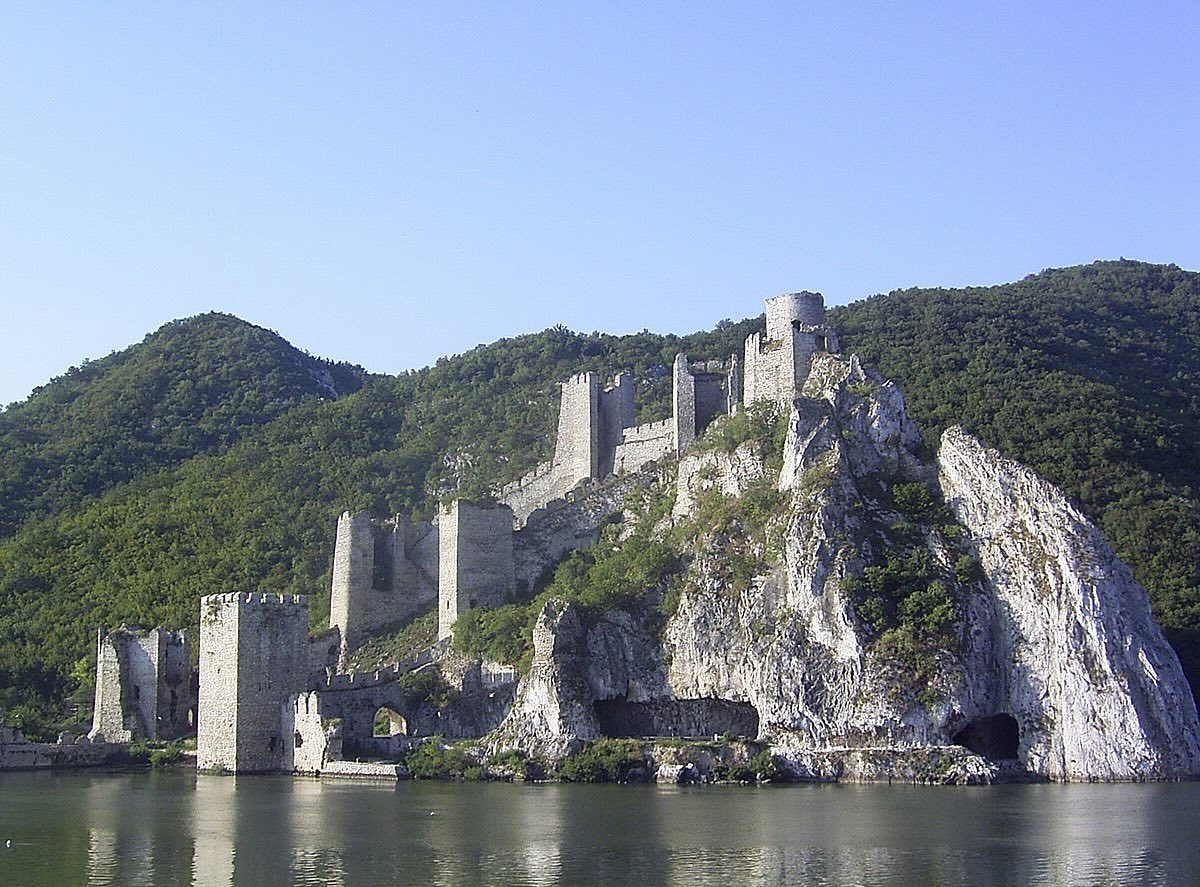
What was the Siege of Golubac? The Siege of Golubac was a significant medieval conflict that took place in 1428. This battle saw the forces of the Kingdom of Hungary clashing with the Ottoman Empire over the strategic fortress of Golubac, located on the banks of the Danube River. The fortress was a key defensive position, and its control was crucial for both sides. The siege is notable for its intense combat, strategic maneuvers, and the involvement of notable historical figures like King Sigismund of Hungary. Understanding this event provides insight into the military tactics, political alliances, and territorial ambitions of the time.
Key Takeaways:
- The Siege of Golubac in 1428 was a major battle between the Kingdom of Hungary and the Ottoman Empire, showcasing advanced military tactics and the importance of river control in medieval warfare.
- The fall of Golubac Fortress to the Ottomans marked a significant victory, leading to further Ottoman expansion into Europe and highlighting the fortress's enduring legacy in Serbian history.
Siege of Golubac: A Historical Overview
The Siege of Golubac was a significant event in medieval history. It took place in 1428 at the Golubac Fortress, located on the banks of the Danube River in modern-day Serbia. This fortress was a strategic point for controlling river traffic and trade routes. Here are some fascinating facts about this historical siege.
-
The Golubac Fortress was built in the 14th century and is known for its impressive architecture and strategic location.
-
The fortress has nine towers, each with a unique design and purpose, making it a formidable defensive structure.
-
The siege was part of the larger conflict between the Kingdom of Hungary and the Ottoman Empire.
-
The Hungarian forces were led by King Sigismund, who was also the Holy Roman Emperor at the time.
-
The Ottoman forces were commanded by Sultan Murad II, a prominent figure in Ottoman history.
-
The siege lasted for several weeks, with both sides suffering significant casualties.
-
The fortress was well-supplied with food and water, allowing the defenders to hold out for an extended period.
-
The Danube River played a crucial role in the siege, as it provided a natural barrier and a means of transportation for both sides.
-
The Hungarian forces used a variety of siege weapons, including trebuchets and battering rams, to try to breach the fortress walls.
-
The Ottomans employed their own siege tactics, such as mining and sapping, to weaken the fortress's defenses.
Key Figures and Their Roles
Understanding the key figures involved in the Siege of Golubac provides insight into the strategies and motivations behind the conflict.
-
King Sigismund was a seasoned military leader with extensive experience in European conflicts.
-
Sultan Murad II was known for his military prowess and ambition to expand the Ottoman Empire.
-
The defenders of the fortress were primarily Serbian soldiers loyal to the Kingdom of Hungary.
-
The Ottoman forces included a mix of infantry, cavalry, and artillery units, showcasing their diverse military capabilities.
-
The siege saw the use of early firearms, marking a transition in medieval warfare tactics.
-
The Hungarian forces received reinforcements from various European allies, highlighting the broader geopolitical implications of the siege.
-
The Ottoman Empire's use of naval forces on the Danube River demonstrated their strategic flexibility.
The Aftermath and Legacy
The Siege of Golubac had lasting effects on the region and influenced subsequent historical events.
-
The fortress eventually fell to the Ottomans, marking a significant victory for Sultan Murad II.
-
The fall of Golubac opened the way for further Ottoman expansion into Europe.
-
The siege highlighted the growing power of the Ottoman Empire and its ability to challenge established European powers.
-
The conflict demonstrated the importance of fortifications and river control in medieval warfare.
-
The siege is remembered in Serbian history as a symbol of resistance and bravery.
-
The Golubac Fortress remains a popular tourist destination, attracting visitors interested in its historical significance.
-
The fortress has been the subject of various archaeological studies, revealing more about its construction and use over the centuries.
-
The Siege of Golubac is often studied in military history courses for its strategic and tactical lessons.
The Siege's Lasting Impact
The Siege of Golubac in 1428 left a significant mark on history. This event highlighted the strategic importance of the Golubac Fortress and the fierce determination of both the Ottoman Empire and the Kingdom of Hungary. The siege showcased the military tactics of the time and the resilience of the defenders.
Even though the Ottomans eventually took control, the siege demonstrated the complexities of medieval warfare. The bravery of the soldiers and the strategic maneuvers employed during the siege are still studied by historians today.
Golubac Fortress stands as a reminder of this pivotal moment. Its walls whisper tales of courage, strategy, and the relentless pursuit of power. The siege's legacy continues to captivate those interested in medieval history, offering insights into the era's geopolitical dynamics and military strategies.
Frequently Asked Questions
Was this page helpful?
Our commitment to delivering trustworthy and engaging content is at the heart of what we do. Each fact on our site is contributed by real users like you, bringing a wealth of diverse insights and information. To ensure the highest standards of accuracy and reliability, our dedicated editors meticulously review each submission. This process guarantees that the facts we share are not only fascinating but also credible. Trust in our commitment to quality and authenticity as you explore and learn with us.
